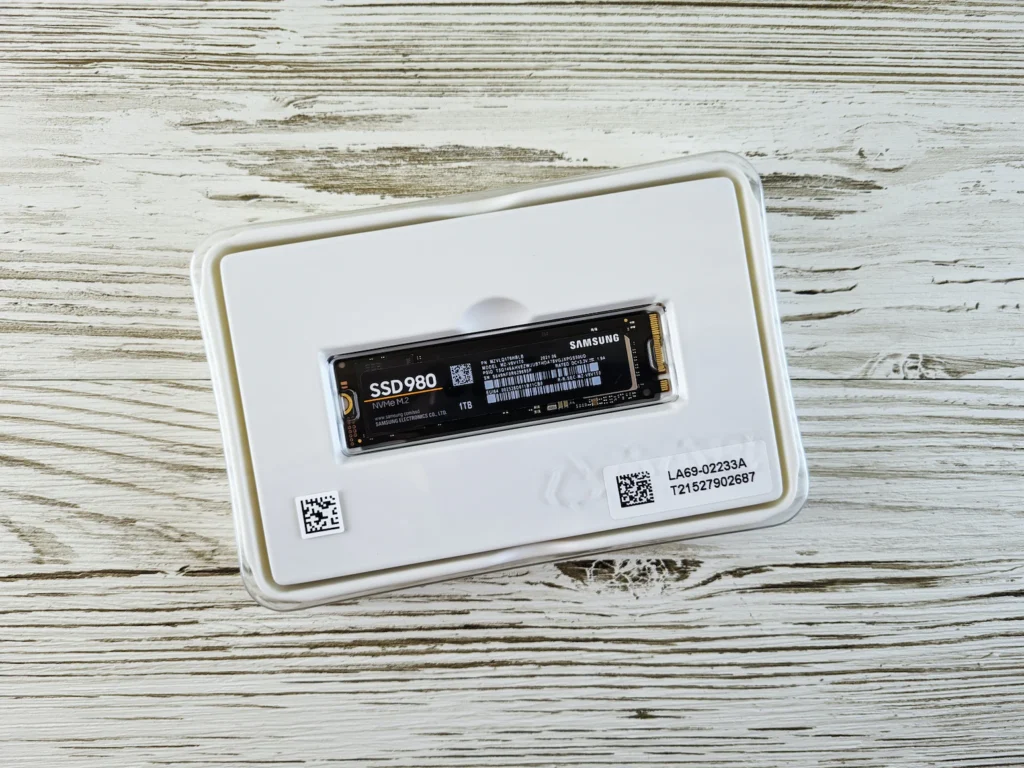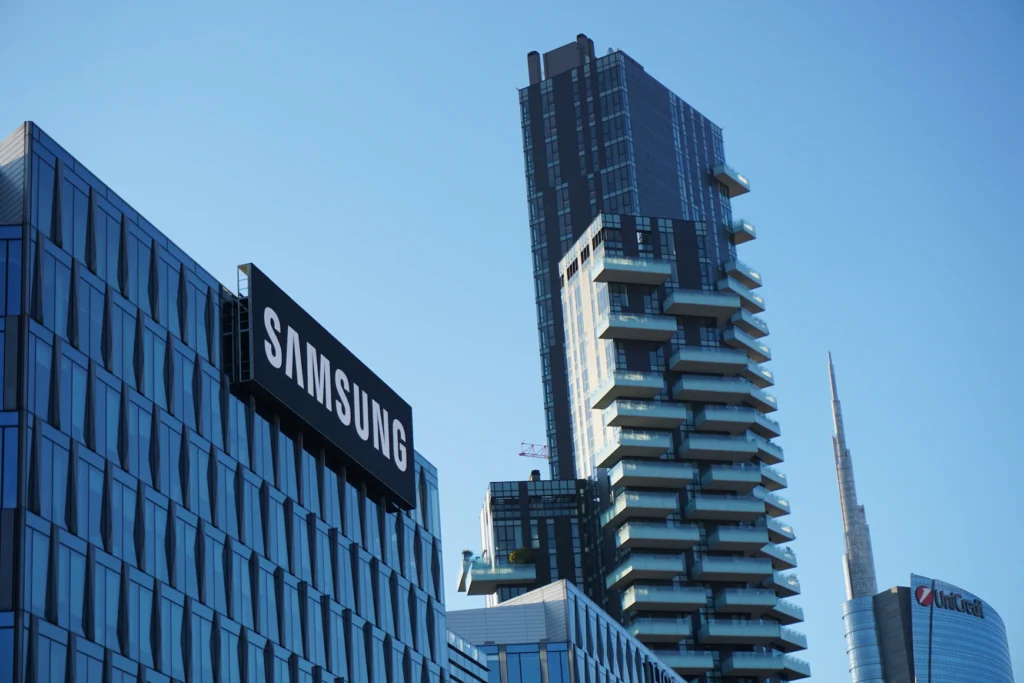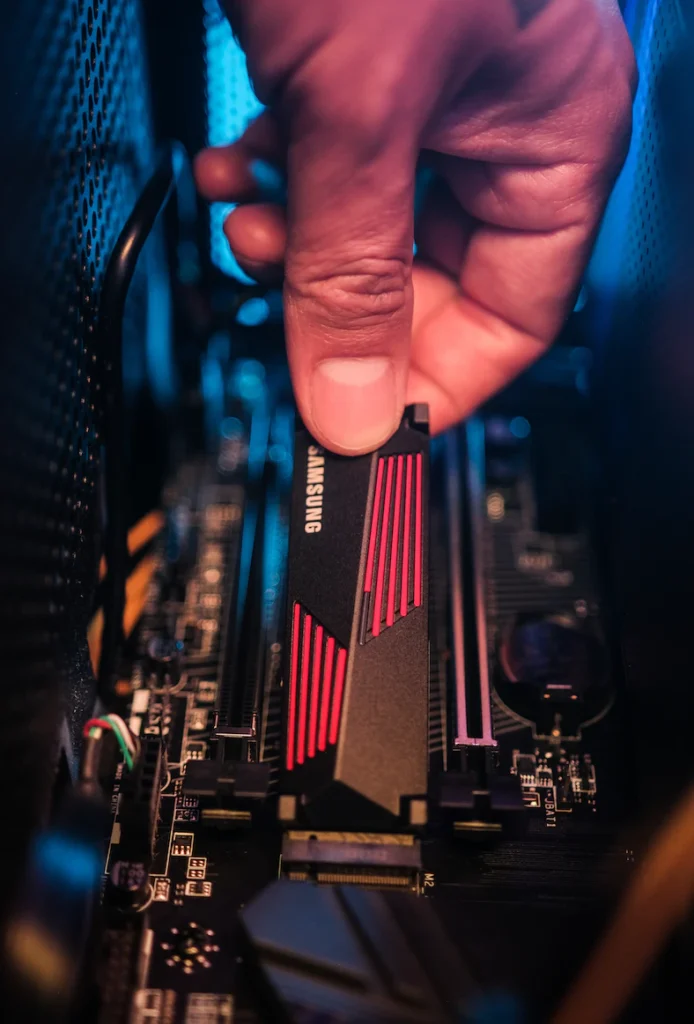Samsung sells a lot and well, but the numbers don’t add up. In fact, they are wrong, unimaginable if it were not for the fact that it was the Korean company itself that anticipated them. It is difficult to find adequate words in front of a colossus that for years has been making innovations in every hi-tech category, producing the best Android smartphones (with the Galaxy S3 and S4 alone, the company sold around 150 million units) and some of the best-selling television sets on the international markets, as well as a long list of products for professionals, businesses and the home. And yet it finds itself reporting a 95.8% drop in operating profit in the first quarter of 2023 compared to the same period last year.
The problem is that the alarm does not come from analysts who may be undervaluing the company’s shares but from the Korean group itself, which had warned investors of the heavy drop in profits, which, if confirmed, would correspond to Samsung’s worst quarter since 2009, when smartphones did not yet exist.
The chip crisis weighs more heavily than smartphones and displays
Figures in hand, the company provided preliminary results indicating that profits from January to March 2023 will stand at 600 billion won or about 450 million dollars. That, when compared to the first quarter of 2022, means a shocking drop compared to the 14.12 trillion won (about $10.7 billion) derived from Samsung’s multiple divisions combined. To understand where the problem lies, one has to think of the many souls of the Korean company, one of the few companies to make everything in-house and bring to markets around the world a wide range of different offerings in every technology category.
In Samsung’s note to investors, there is no reference to one or more specific reasons for the drastic drop in operating profit, but if we reconstruct the company’s profit chain, a very significant part of it depends on chips, namely the drop in demand for the chips that Samsung sells to all companies, including its main rivals, such as Apple in the smartphone business.
According to DigiTimes, the memory division accounts for 55% of the Koreans’ overall accounts, while mobile telephony, which is selling well again this year, in particular with the Galaxy S23 Ultra, accounts for 22% of the company’s accounts, with Samsung Displays coming in at 11%. From this overview, one can see how the eventual crisis in the business comprising Nand and Ram memory chips could upset the company’s accounts.




What has happened is surprising because it severely penalises a giant like Samsung. Still, the chip crisis, with the consequent stockpiling, also affects other memory manufacturers, such as Hynix and Micron, who have reduced production while waiting for the global situation to improve.
Recovery will only come in the second half of the year
The chip reduction is not a last-minute development, as Samsung itself had anticipated the bad trend as early as the fourth quarter of 2022; when faced with the declining numbers, the company pointed to the ‘weak demand due to the global economic slowdown, the deteriorating business environment’, with ‘memory sector revenues declining sharply due to falling prices and the continuous inventory adjustment by customers. For 2023, the Koreans predicted similar difficulties, specifying that ‘despite continuing macroeconomic uncertainties, demand will begin to recover in the second half of the year’.



